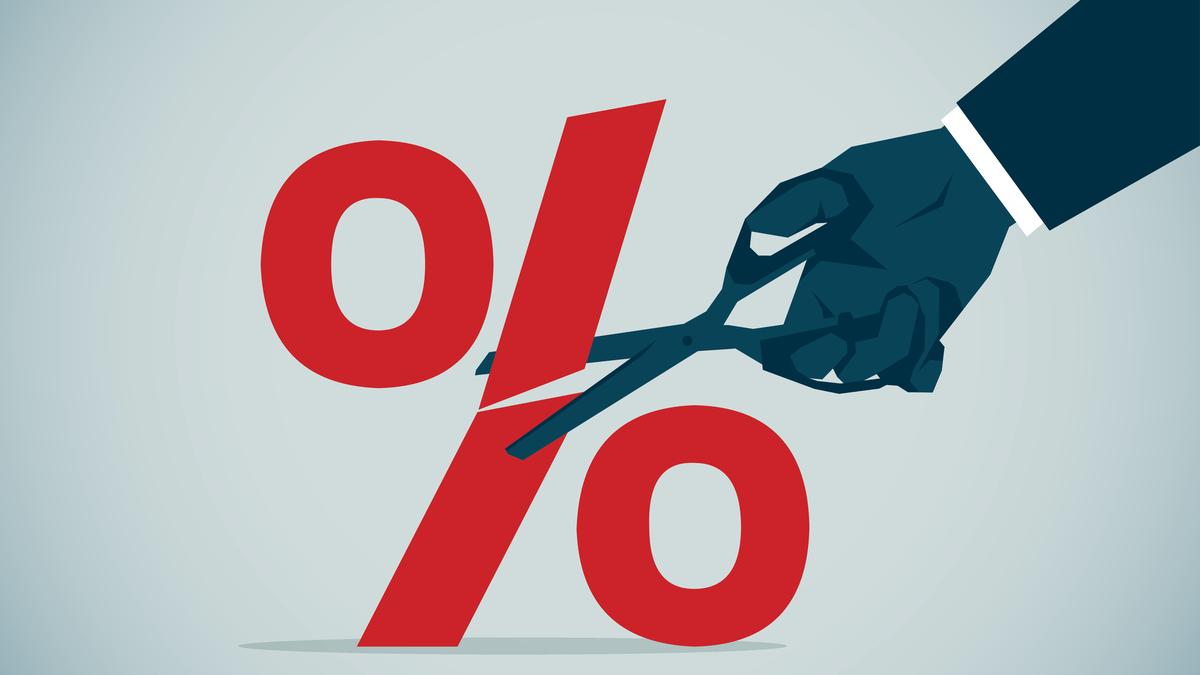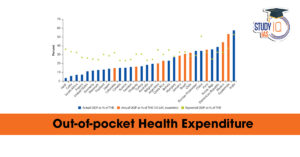Table of Contents
Context: The Reserve Bank of India (RBI) has cut key lending rates in two successive meetings, indicating a significant expansionary shift.
| Instances of RBI Lending Rate Cuts in 2025 |
|
What is Expansionary Policy in India?
Expansionary policy refers to the use of fiscal and monetary tools to stimulate economic growth, especially when the economy is facing low demand, low growth, or recessionary trends.
Types
- Expansionary Monetary Policy (RBI):
- Reducing repo rates to lower the cost of borrowing.
- Encourages investment and consumption by making loans cheaper.
- Also includes increasing liquidity in the banking system.
- Expansionary Fiscal Policy (Government):
- Cutting income taxes (as done in Feb 2025).
- Increasing public expenditure to boost aggregate demand.
- Providing incentives/subsidies for specific sectors.
Advantages of Expansionary Policy
- Boosts Aggregate Demand: Lower interest rates and tax cuts encourage households and firms to spend and invest more.
- Revives Investment Activity: Helps the private sector, especially MSMEs, to access cheaper credit and restart production.
- Reduces Unemployment: Rising demand for goods and services increases the demand for labour, thereby reducing joblessness.
- Counteracts Economic Slowdown: Especially useful during low inflation and low credit growth (like in 2025), to revive economic momentum.
- Supports Growth Projections: Aims to maintain or enhance GDP growth (RBI projects 5% for FY 2025–26).
Cons and Risks of Expansionary Policy
- Inflationary Pressure: Increased demand may lead to higher prices, especially if supply doesn’t rise proportionately.
- Could breach the RBI’s targeted inflation band of 4% ± 2%.
- Fiscal Deficit Widening: Tax cuts may reduce revenue without a proportional increase in GDP, causing the fiscal deficit to rise.
- It may force the government to cut spending, especially on welfare schemes.
- Policy Coordination Risk: If both fiscal and monetary policies are expansionary without coordination, it may destabilise macroeconomic balance.
- Delayed Impact: Time lags in the transmission of monetary signals or implementation of fiscal measures may lead to slow or uneven outcomes.
- Dependence on External Conditions: Global headwinds (e.g. Trump’s tariff wars, Middle East conflict) may offset domestic policy gains.
- Uneven Benefits: Expansionary policies may disproportionately benefit corporations and high-income groups, while vulnerable sections may lose out if the government cuts revenue spending.


 Out-of-Pocket Health Expenditure, Reason...
Out-of-Pocket Health Expenditure, Reason...
 Treasury Bills (T-bills): RBI Cuts Holdi...
Treasury Bills (T-bills): RBI Cuts Holdi...
 Fisheries Sector in India, Current Statu...
Fisheries Sector in India, Current Statu...

























